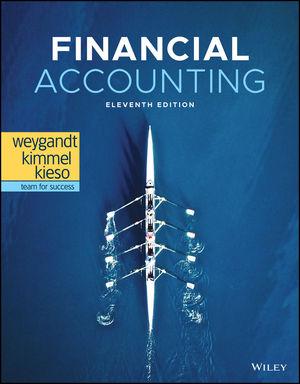Question
23) Which of the following projects is rejected on the basis of net present value method? A) Project A with an NPV of $5,000 B)
23) Which of the following projects is rejected on the basis of net present value method? A) Project A with an NPV of $5,000 B) Project B with an NPV of $(7,000) C) Project C with an NPV of $15,000 D) Project D with an NPV of $500
24) An annuity is ________. A) a noncash expense B) a series of equal cash flows at equal time intervals C) an investment product whose funds are invested in the stock market D) a rate at which an investment's present value of all expected cash inflows equals the present value of project's expected cash outflows.
25) The net present value method focuses on ________. A) cash flows and discount rate B) inventory cost and cost of capital C) working capital and cost of capital D) operating income and required rate of return 26) If the net present value for a project is positive, ________. A) the project should be accepted B) its internal rate of return is more than its cost of capital C) its expected rate of return is below the required rate of return D) its internal rate of return is less than its cost of capital
27) The capital budgeting method that calculates the discount rate at which the present value of expected cash inflows from a project equals the present value of expected cash outflows is the ________. A) net present value method B) accrual accounting rate-of-return method C) payback method D) internal rate of return method
28) The internal rate-of-return (IRR) method calculates ________. A) the discount rate at which an investment's present value of the total of all expected cash inflows equals the present value of its expected cash outflows. B) the discount rate at which an investment's future value of all expected cash inflows equals the present value of its expected cash outflows. C) the discount rate at which an investment's total of all expected cash inflows equals the present value of its expected cash outflows. D) the discount rate at which sum of an investment's present value of all expected cash inflows equals the present value of its expected cash outflows.
29) In capital budgeting, a project is accepted only if the internal rate of return equals or ________. A) exceeds the required rate of return B) exceeds the inflation rate C) exceeds the risk-free rate D) exceeds the accrual accounting rate of return 30) The net present value method of capital budgeting is preferred over the internal rate-of-return method because ________. A) the net present value method is expressed as a percentage of initial investment B) the net present values of individual projects can be added to determine the effects of accepting a combination of projects C) the percentage return computed under the net present value method is very easy to compare D) the calculation under the net present value method is easy as it does not use time value of money 31) In situations where the required rate of return is not constant for each year of the project, it is advantageous to use ________. A) the nominal rate-of-return method B) the internal rate-of-return method C) the net present value method D) the projected income method
32) A "what-if" technique that examines how a result will change if the original predicted data are NOT achieved or if an underlying assumption changes is called ________. A) sensitivity analysis B) net present value analysis C) internal rate-of-return analysis D) adjusted rate-of-return analysis
33) The minimum annual acceptable rate of return on an investment is the ________. A) accrual accounting rate of return B) hurdle rate C) internal rate of return D) net present value
34) Managers tend to favor the alternative that makes their performance look best. Therefore, they tend to focus on ________. A) how to implement the chosen alternative B) the measures used in the decision model C) the measures used in the performance evaluation model D) gathering the required information
35) Book value is defined as the ________. A) sum of the original cost of an asset and the accumulated depreciation B) difference between the market value of an asset and the accumulated depreciation C) difference between the original cost of an asset and the accumulated depreciation D) sum of the market value of an asset and the accumulated depreciation
Step by Step Solution
There are 3 Steps involved in it
Step: 1

Get Instant Access to Expert-Tailored Solutions
See step-by-step solutions with expert insights and AI powered tools for academic success
Step: 2

Step: 3

Ace Your Homework with AI
Get the answers you need in no time with our AI-driven, step-by-step assistance
Get Started


